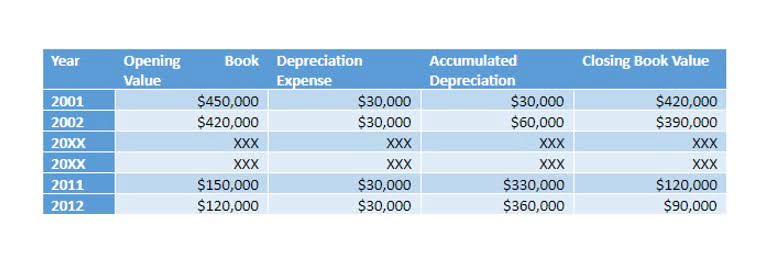
Bookkeepers must be diligent in their job and educated about important financial matters in order to be successful. Typically, the bookkeeper’s work is overseen by either an accountant or the small business owner whose records they are handling. A complete and accurate record of every financial transaction for a business or individual. Accounting provides a summary to understand a business’s financial situation, from cash to assets and debt. Accounting tracks business performance by analyzing income and expenses to determine profitability.
Reversing Entries
Under the accrual method of accounting, a business is to report all of the revenues (and related receivables) that it has earned during an accounting period. A business may have earned fees from having provided services to clients, but the accounting records do not yet contain the revenues or the receivables. If that is the case, an accrual-type adjusting entry must be made in order for the financial statements to report the revenues and the related receivables. In wrapping up, bookkeeping and accounting are closely linked subjects that Bookkeeping for Etsy Sellers have significant roles in monitoring a company’s financial activities.
Adjusting Entries

The reversing entry removes the liability established on December 31 and creates a credit balance in the Repairs Expense account on January 1. When the vendor’s invoice is processed in January, it can bookkeeping services be debited to Repairs Expenses (as would normally happen). If the vendor’s invoice is $6,000 the balance in the account Repairs Expenses will show a $0 balance after the invoice is entered. PayrollAnother source of financial transactions is the company’s payroll.

Bookkeeping vs. Accounting: What’s the Difference?

A company selling merchandise on credit will record these sales in a Sales account and in an Accounts Receivable account. Another review that should be done routinely is to compare each item on the income statement to the same item on an earlier income statement. For example, the amounts for the 5-month period of the current year should be compared to the 5-month period of the previous year. If budgets are prepared, also compare this year’s actual amounts for the 5-month period to the budgeted amounts for this year’s 5-month period.

Key Differences Between Bookkeeping and Accounting:
- Bookkeeping is the systematic process of recording and organizing all financial transactions made by a business.
- For example, the bill for the insurance on the company’s vehicles might be $6,000 and covers the six-month period of January 1 through June 30.
- Expenses are deferred to a balance sheet asset account until the expenses are used up, expired, or matched with revenues.
- To determine whether errors had occurred, the bookkeeper prepared a trial balance.
- There is no denial in saying that both accounting and bookkeeping services play their role in keeping the financial status of the company safe and secure.
- Later, when the customer pays the amount owed, the company will credit Accounts Receivable (and will debit Cash).
Nearly all of the U.S. corporations in the survey used the indirect method. Expenses are often organized by function such as manufacturing, selling, and general administrative. At other times expenses will be organized by responsibility such as Department #1, Sales Region #5, Warehouse #2, Legal Department, etc.
- A current asset representing amounts paid in advance for future expenses.
- Their interdependence guarantees accurate financial records and valuable insights for businesses.
- Except for land, these assets will be depreciated over their useful lives.
- Other assetsThis category often includes costs that have been paid but are being expensed over a period greater than one year.
- In addition, companies often prepare quarterly and monthly financial statements which are referred to as interim financial statements.
Since the net income was computed using the accrual method of accounting, it needs to be adjusted in order to reflect the cash received and paid. The accounts that report non-operating revenues, other revenues, and gains are expected to have credit balances since they cause stockholders’ equity to increase. Under the accrual method of accounting, the expenses should be reported in the same accounting period as the related revenues. If that is not certain, then an expense should be reported in the accounting period in which its cost expires or is used up. In some accounting software, the chart of accounts retained earnings balance sheet is also used to designate where an account will be reported in the financial statements.
